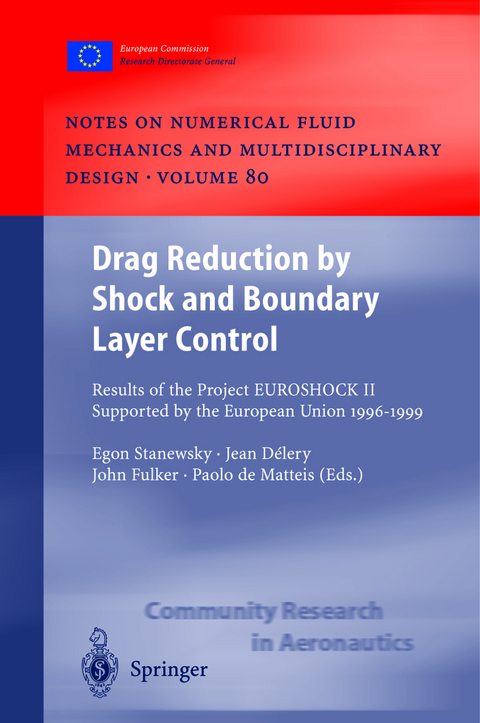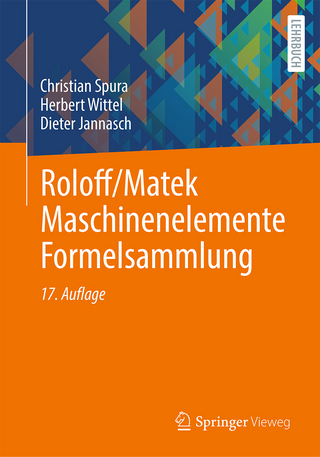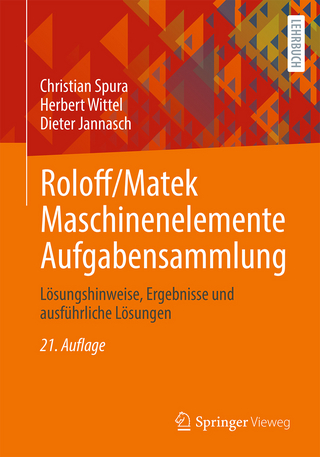
Drag Reduction by Shock and Boundary Layer Control
Springer Berlin (Verlag)
978-3-540-43317-0 (ISBN)
From the contents:
- Introduction
- The EUROSHOCK II Project
- Modeling of Active Control Phenomena
- Numerical Simulation of Airfoil and Wing Flow with Control
- Airfoil and Sheared-Wing Experiments with and Without Control
- Benefits of Control Application to Aircraft Wings/Aircraft
- Assessment of Shock and Boundary Layer Control - A Summary
- Overall Conclusions and Future Work
- Introduction to the Individual Contributions
- Study of Control Devices Applied to a Transonic Shock Wave- Boundary Layer Interaction
- Hybrid and Active Control of Shock Wave - Turbulent Boundary Layer Interaction and Perforated Plate Transpiration Flow
- Active Control of Swept Shock Wave/Boundary Layer Interactions
- Numerical Investigation of Active Shock Wave and Boundary-Layer Control on Airfoils and Sheared Wings
- Boundary Layer Coupling to Pre- dict Steady and Unsteady Transonic Flows Past an Airf oil with and Without Shock Control
- 2D Numerical Investigations of Shock and Boundary Layer Control Techniques
| Erscheint lt. Verlag | 24.4.2002 |
|---|---|
| Reihe/Serie | Notes on Numerical Fluid Mechanics and Multidisciplinary Design |
| Zusatzinfo | XX, 452 p. |
| Verlagsort | Berlin |
| Sprache | englisch |
| Maße | 155 x 235 mm |
| Gewicht | 798 g |
| Themenwelt | Technik ► Maschinenbau |
| Schlagworte | aircraft engines • aircraft wings • boundary layers • flow control • fluid mechanics • Luftfahrt • Modeling • Shock waves • Simulation • transonic flow |
| ISBN-10 | 3-540-43317-1 / 3540433171 |
| ISBN-13 | 978-3-540-43317-0 / 9783540433170 |
| Zustand | Neuware |
| Haben Sie eine Frage zum Produkt? |
aus dem Bereich


